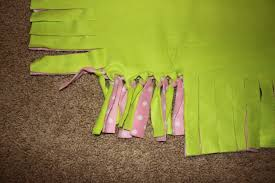It isn’t always easy creating a sustainable lifestyle in the 21st Century because everywhere you turn you are confronted with something electronic or synthetic. A sustainable lifestyle demands that you curtail your use of energy while avoiding synthetic materials in favor of organic alternatives. With just a few changes in your lifestyle and some tips on doing away with synthetics, you can lead a sustainable lifestyle, but be ready to think “lean and green.”
Begin with Electronics
One of the biggest obstacles to overcome is to avoid the prolonged use of electronics. Even those handheld cell phones need to be continually recharged, and this puts a huge strain on the power grid when combined with everything else you are running of the electricity in your home. Solar power is a wonderful alternative because you can convert to this renewable energy source in two distinct ways. You can either install solar panels on your home or you can use solar-powered chargers for all your devices. Until the time when the entire country has converted to renewable energy sources, it’s up to the consumer to avoid connecting to the grid whenever possible.
Make a Consistent Effort to Rid Your Home of Synthetics
Some people have found that it’s easy to find alternatives to synthetic products in the home by going at it one room at a time. Instead of using plastic storage containers in the refrigerator, for example, opt for glass storage bowls and jars. When it comes to the bedroom, replace all those microfiber sheets and linens with 100% cotton, or silk if you can afford it. Seek out merchants like SOL who make it a point to assure consumers that they are a company that takes sustainability quite seriously. The company’s slogan in their shop – SOL Organics: Change You Can Count On, tells you who they are and what their mission is.
As for Going Lean…
If you are thinking that going lean is all about saving money, you are only partially right. There are other facets to lean living and that would be to stress the three Rs. It is time to “Reduce, Reuse, and Recycle.” That’s about as lean as you can get! Reducing waste is a good beginning toward going lean, but that is not the only thing you will be reducing. Reduce the amount of electricity you draw (as noted above), reduce filling your home with things you’ll never use and are only taking up resources to manufacture. Reuse what you can and if you want to go a step further, hit the thrift shops for previously owned items. However, here is where you need to be careful to only purchase organic items or you’ve just counteracted the good you are trying to do for this amazingly wonderful planet upon which we all live and breathe.
The key takeaway here is that you can use less, and what you do use, make sure it is always going to be environmentally friendly. Avoid synthetics at all costs, seek alternative power sources, and if all else fails, turn them all off until you can find a renewable source of energy.




